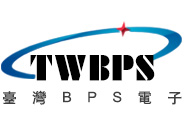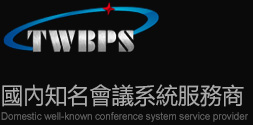I am now thinking about what common communication methods are used. The mobile phone includes: SMS, voice. The network client includes: QQ, MSN, Feiqiu. In addition, Internet-based communication methods: remote video communication, Email, etc., are becoming more and more complex, and more and more diverse communication methods appear and use in our lives. So how do you find a unified platform and include all of this content? I believe that unified communications solutions can give you more ideas!
What are the different sources of unified communications?
What is Unified Communications: Unified Communications (UC for Unified Communications) refers to a new communication model that integrates computer technology with traditional communication technologies. As a solution and application, its core content is: let people no matter what time, any Locations, free communication of data, images and sounds from any device, any network. That is to say, the unified communications solution combines all types of information, including voice, fax, e-mail, mobile short messages, multimedia and data, to bring freedom of choice and efficiency. (For example, traditional phones will be replaced to support client software based on softphone screens.) It is different from network-level interoperability, but is a human-oriented application-level integration and collaboration. It is a higher level concept, new A generation of communications and IT industries.
Manufacturer's explanation:
There are several arguments from the manufacturer for the interpretation of unified communications.
Cisco: Unified Communications has further evolved the concept of IP communications, using SIP (SessionInitiationProtocol) and including mobile solutions to truly unify and simplify all types of communications—without being affected by location, time, or equipment. With a unified communications solution, users can communicate with each other as they wish, and can communicate from any media using any device. Unified Communications combines multiple phones and devices we use—and multiple networks—fixed, Internet, cable, satellite, mobile—to enable geographically-independent communications, facilitate communication and business process integration, and simplify Run and increase productivity and profitability.
Microsoft: Traditional communication systems transfer information to several different types of storage areas—voice mail systems, email servers, and stand-alone fax machines—all types of messages are stored through Exchange's unified messaging capabilities. In a unified system. For example, send voicemail messages directly into your inbox. When you open Outlook, you can see the voicemail next to the email, providing a powerful new way to collaborate more effectively. For example, you can forward a voicemail or fax. You can even take notes in your voicemail messages or search for past voicemail messages. The message will no longer block your screen! Wait, I won't cite it here, but in general it can be understood as a combination of multiple communication methods, people-oriented, that is, instant, instant, and reduce costs. Improving efficiency is its greatest advantage.
Unified communications solution
At present, the main vendors of unified communications are: Cisco (CISCO), Microsoft, AVAYA, Nortel, IZO, WebEx, etc. They are all international mainstream unified communications solution providers, and many enterprise users are using them to provide The products provide a lot of help for enterprises to improve efficiency and save costs.
The author has found some information about the unified communications solution, let's take a look at it.
1 Video Conferencing: Video Conferencing has built a global network multimedia conferencing platform for users, freeing you and your customers and work partners from time and geographical constraints. Through the Internet, you can easily conduct multi-faceted "face-to-face" real-time communication whenever and wherever, providing you with an affordable web conferencing center.



